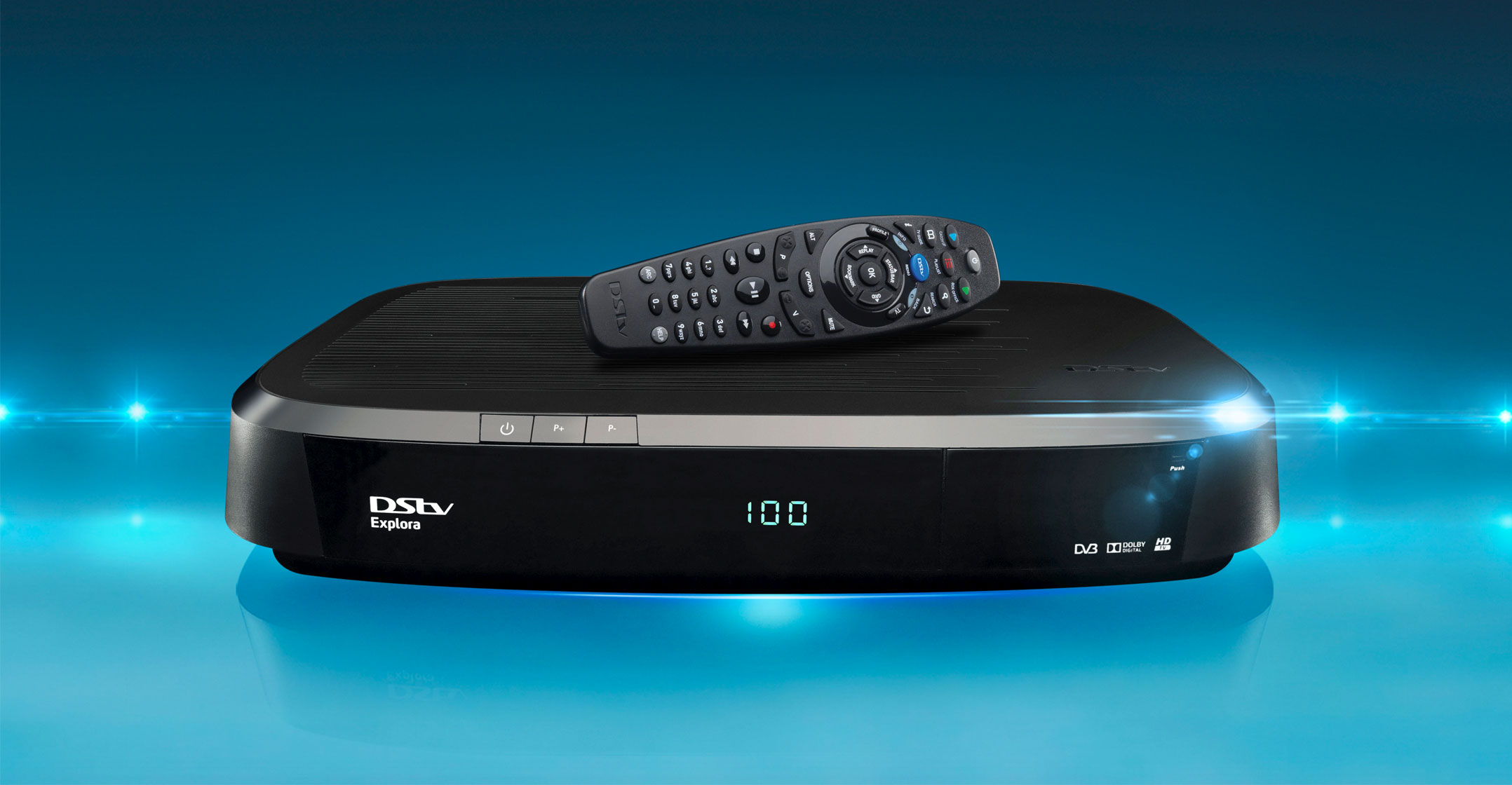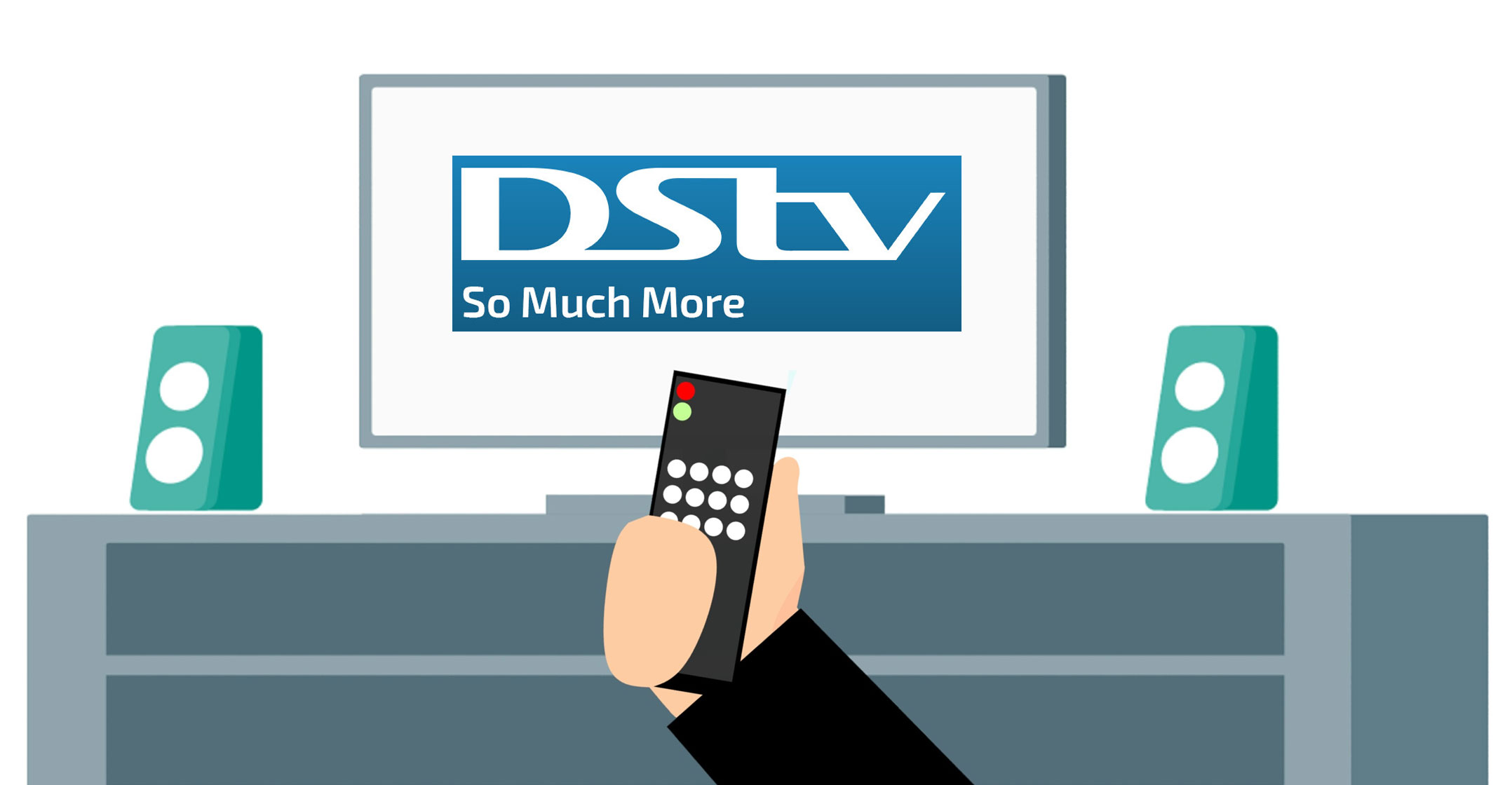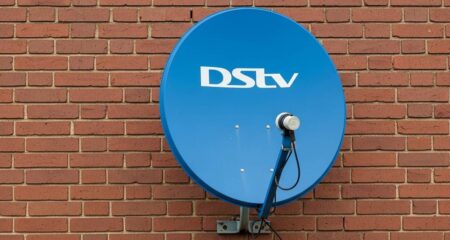 Ahead of its unbundling from parent Naspers and separate listing on the JSE, the bear case for MultiChoice is fairly well understood — and perhaps even accepted — by the market. It goes something like this: subscribers are abandoning pay-TV in droves for services such as (and primarily) Netflix. The conjecture is that the business is in decline, or at the very least ex-growth, and will become a prodigious generator of cash, and not much more.
Ahead of its unbundling from parent Naspers and separate listing on the JSE, the bear case for MultiChoice is fairly well understood — and perhaps even accepted — by the market. It goes something like this: subscribers are abandoning pay-TV in droves for services such as (and primarily) Netflix. The conjecture is that the business is in decline, or at the very least ex-growth, and will become a prodigious generator of cash, and not much more.
The reality, as always, is a lot more nuanced. DStv’s core business is not collapsing. On 30 September, it had 7.2 million active subscribers in South Africa, up from 6.9 million six months prior. The market is still growing, but primarily in the mass- and mid-market segments (DStv Access, Family and Compact).
Of course, Netflix and other so-called “over-the-top services” are chipping away at the top end of the market. It’s a favourite pastime of South Africans these days: to stand around the braai and complain about DStv, while listing the reasons why they’ve cancelled their subscription in favour of Netflix.
But Netflix hasn’t simply supplanted DStv for most people. It is additive. Yes, some have cancelled their DStv subscriptions, but a multiple more have added Netflix over and above their DStv accounts.
The worry for MultiChoice is that a host of global research shows that households’ monthly budgets for entertainment are fixed at a percentage of their expenses. Netflix may have replaced DStv for some households, but it likely replaced one night of takeaways for most (the fibre connection won’t be considered part of their entertainment budget). Over time, as Netflix becomes more pervasive in the middle market, DStv may see customers downgrading their packages so their overall monthly spend is still constant.
Addressable market
One way of thinking about it is to consider how big the current addressable market in South Africa (and Africa) is for a service like Netflix. In South Africa, the addressable market for Netflix is probably no bigger than the number of home fibre connections in the country. These are homes spending around R1 000/month for a fibre connection plus a streaming service like Netflix (or R2 000/month if they have DStv as well).
Sure, there will be homes with fibre that don’t have Netflix, but there will be customers who have Netflix without fibre. This seems like an accurate figure, and it is almost certainly less than one million. Over time, as the price of mobile broadband comes down, the market will expand — but the middle market is likely elusive for now (and the mass market for quite some time to come).
The perception in the market bears little resemblance to this reality.
 MultiChoice has not actually lost that many subscribers at the high end. One report cites a figure of “roughly” 100 000 (net) Premium customers in the year to June 2017. In the last financial year (to June 2018), it reduced that to just 40 000. The Premium base is likely currently quite stable.
MultiChoice has not actually lost that many subscribers at the high end. One report cites a figure of “roughly” 100 000 (net) Premium customers in the year to June 2017. In the last financial year (to June 2018), it reduced that to just 40 000. The Premium base is likely currently quite stable.
As at end the end of September, it had 1.5 million premium segment customers (not to be confused with the Premium package). This segment includes both DStv Premium (R809/month) and DStv Compact Plus (R509/month) customers.
Yes, Premium subscribers are DStv’s most valuable customers (they spend the most per month). And they almost all pay the access fee, on which the margins must be incredible. But the content costs to service these customers are likely far higher than the other segments of DStv’s base. Primarily, these customers prefer international content — think all the award-winning international drama series on M-Net, as well as channels like BBC Brit and BBC Earth. One must question the assertion that DStv Premium subscribers are the “most lucrative”. It wouldn’t be difficult to construct a compelling case that the most profitable customers for MultiChoice are those in the mid-market segment (the traditional DStv Compact base). And there is growth in this market!
MultiChoice illustrates clearly just how must cheaper it is to produce local content: 40%! (And this route removes the currency risk.) Local content is not just cheaper, it is more desirable for mid-market and mass-market audiences. Netflix has announced one local original title, Queen Sono.
There is no way Netflix (or any other streaming service) will be able to outspend DStv on local content, and this will remain a critical differentiator for MultiChoice.
The Showmax and DStv Now streaming services need to be looked at as defensive moves. They are designed to reduce churn among the existing base. Between them, they have about 700 000 active users (10% of the total base). The catalogues of Showmax and Netflix cannot be compared. Showmax has “over 700 titles” (according to the group’s pre-listing statement). Only a handful of these are original; the rest is licensed or owned content. Netflix, by contrast, offered a slate of 700 original titles in 2018 (including 80 non-English original productions and 80 original films). They are not comparable!
Dishless service
Once the pure streaming-only (or dishless) service makes its debut later this year, many are expecting this strategy to shift to an offensive one. But MultiChoice cannot — and will not — put its existing base at risk by offering this product. Its primary business is to ensure that it has compelling content. The method of distribution will be increasingly irrelevant.
Sport remains the jewel in the crown. This is an area where Netflix, by definition, cannot compete because it fulfils a different role entirely (there’s a reason why the Netflix library is a catalogue of content that isn’t live). Live action will remain the domain of linear networks, at least for the foreseeable future (again, the method of distribution is actually irrelevant). As long as DStv retains a compelling sports offering (and it has built up a truly world-class one), there is no reason for subscribers to go looking for this anywhere else.
 Yes, MultiChoice is facing regulatory scrutiny in many markets (South Africa included), but the choice of Calvo Mawela as group CEO was very astute indeed. Mawela was previously CEO of the South African unit and has a strong background in regulatory affairs.
Yes, MultiChoice is facing regulatory scrutiny in many markets (South Africa included), but the choice of Calvo Mawela as group CEO was very astute indeed. Mawela was previously CEO of the South African unit and has a strong background in regulatory affairs.
How it performs in South Africa is key: this business generates all the profits and much of the cash. But over the long term, MultiChoice is betting it can continue growing in sub-Saharan Africa (outside of South Africa). Already, there are 40 million addressable households across its 50 markets. It has a total of 14 million subscribers. By 2022, that number will be 44 million. That’s an awful lot of room to grow. The currently loss-making “rest of Africa” business is moving towards break-even, and expects a “return to profitability” in the medium term.
There is one significant risk, though, that is largely being ignored by the breathless (narrowly focused) commentary on MultiChoice, as well as pay-TV generally. This is not about Netflix, or DStv Premium subscribers.
In its January letter to shareholders accompanying the Q4 results, Netflix said the following:
In the US, we earn around 10% of television screen time and less than that of mobile screen time. In other countries, we earn a lower percentage of screen time due to lower penetration of our service. We earn consumer screen time, both mobile and television, away from a very broad set of competitors. We compete with (and lose to) Fortnite more than HBO. When YouTube went down globally for a few minutes in October, our viewing and sign-ups spiked for that time. Hulu is small compared to YouTube for viewing time, and they are successful in the US, but non-existent in Canada, which creates a comparison point: our penetration in the two countries is pretty similar. There are thousands of competitors in this highly fragmented market vying to entertain consumers and low barriers to entry for those with great experiences. Our growth is based on how good our experience is, compared to all the other screen-time experiences from which consumers choose. Our focus is not on Disney+, Amazon or others, but on how we can improve our experience for our members. (Emphasis is the author’s.)
If you zoom out, it all comes down to attention. And that’s the fundamental risk to MultiChoice in the long term.
- This article was originally published on Moneyweb and is used here with permission




